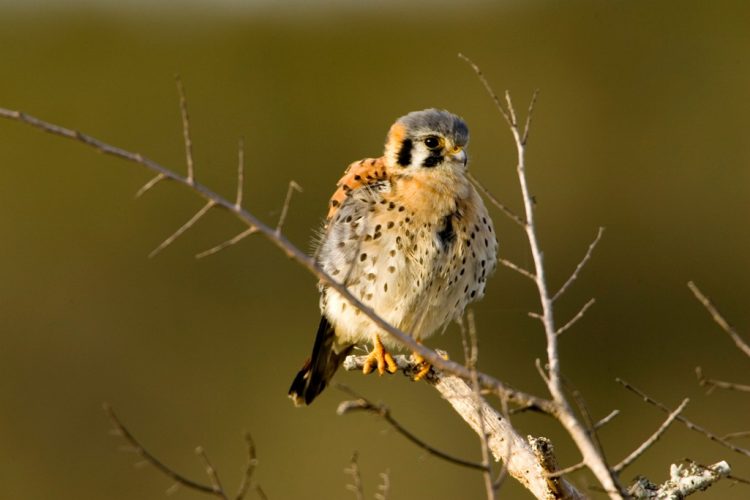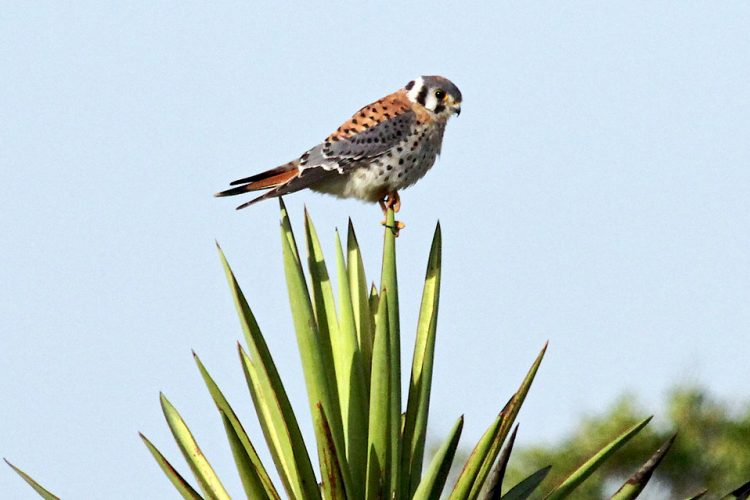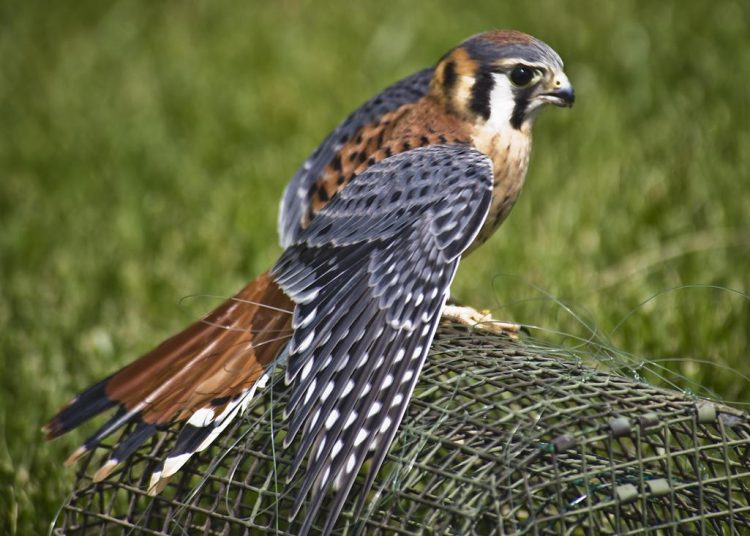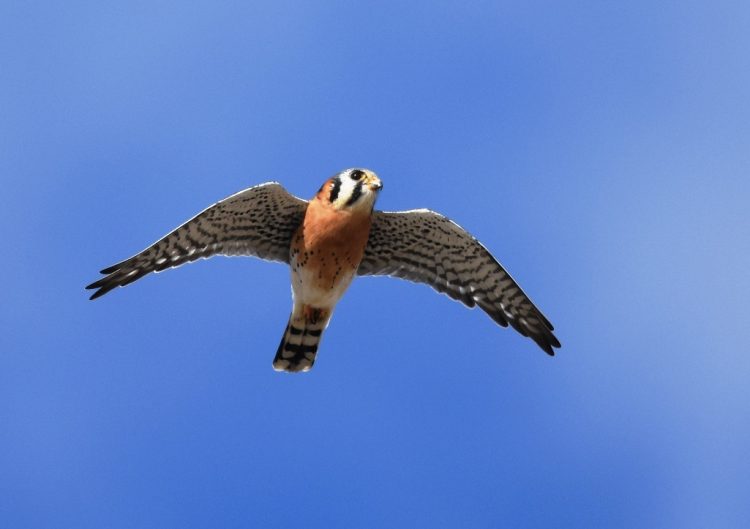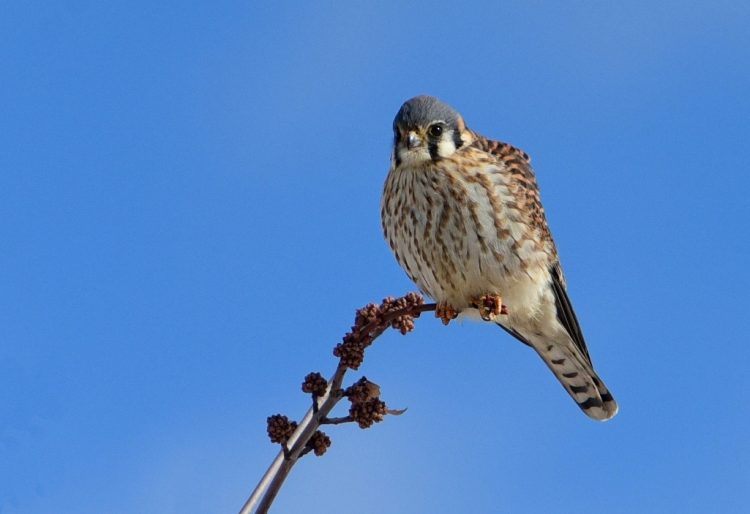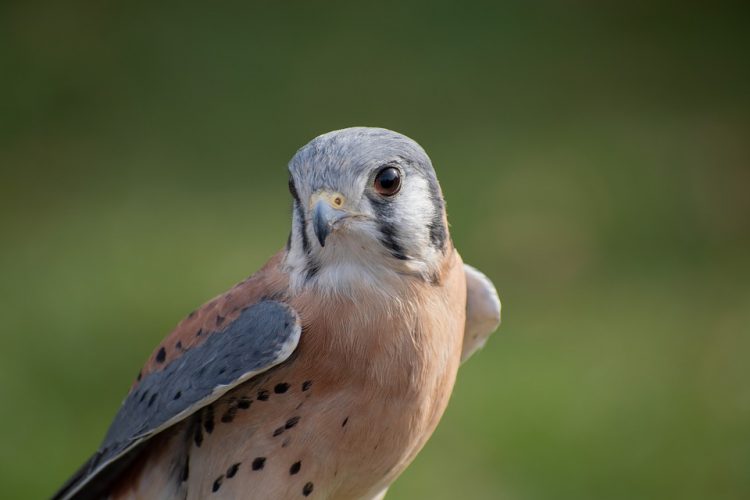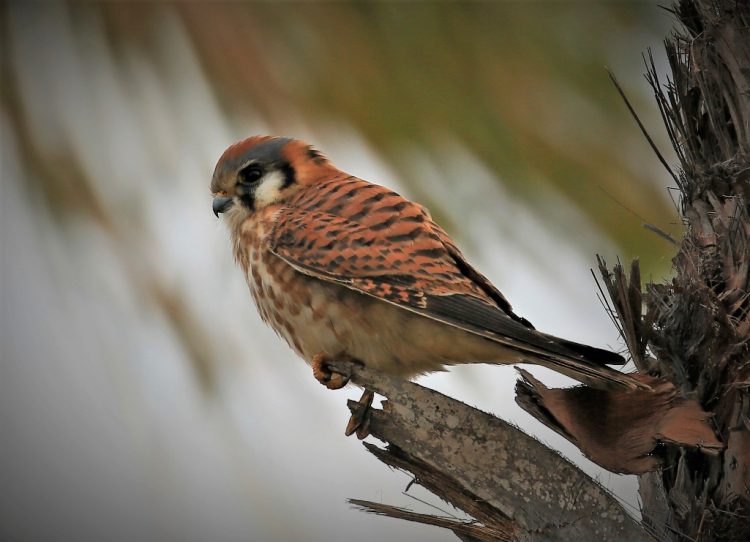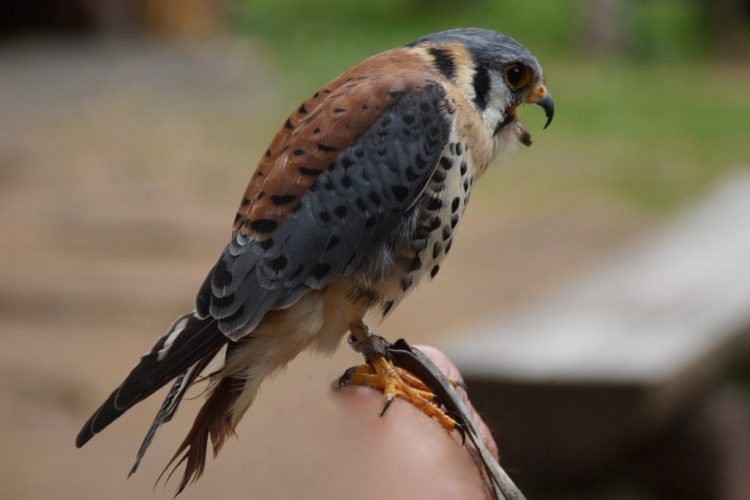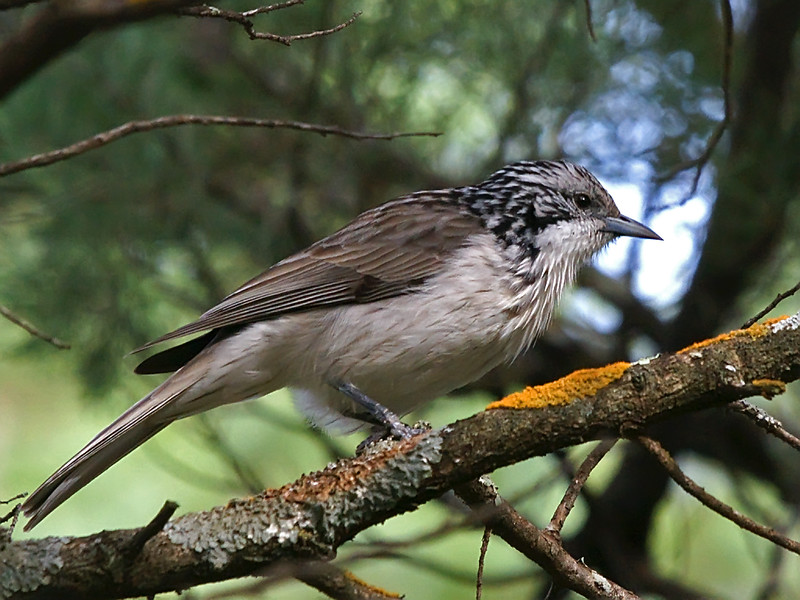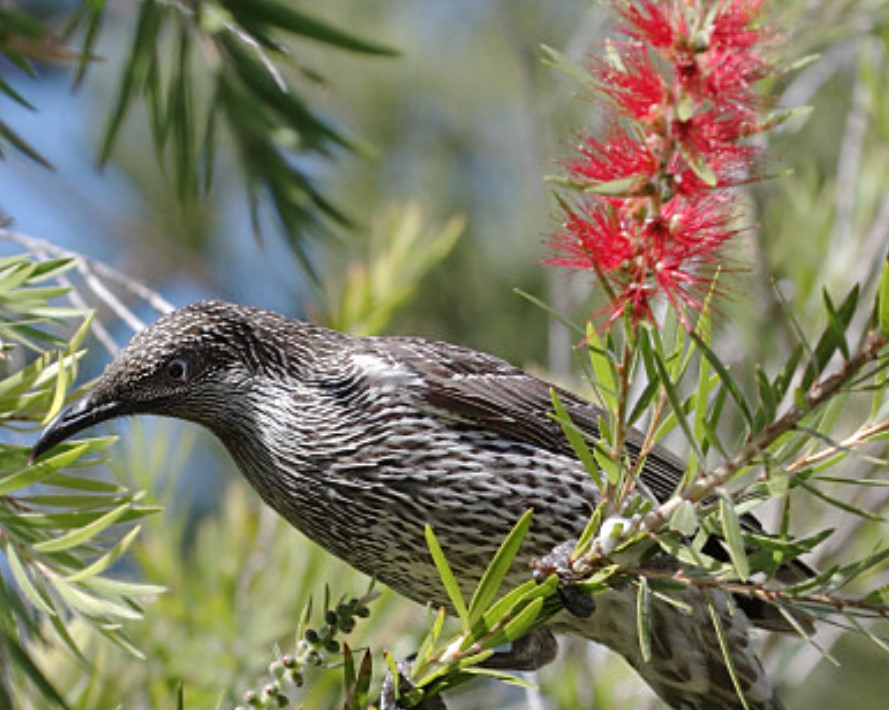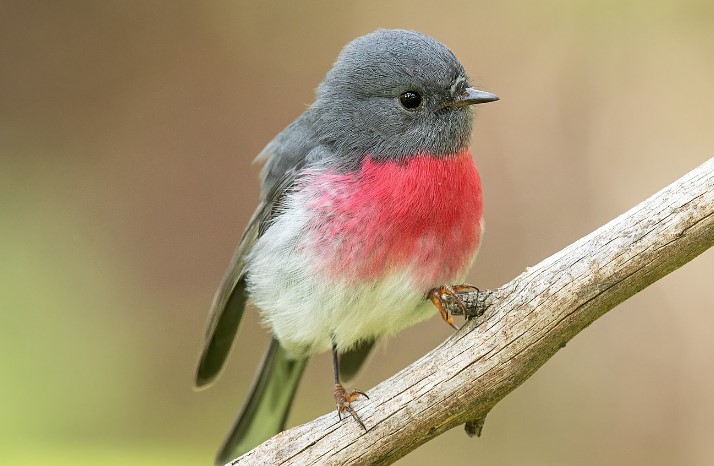American Kestrel Facts
American kestrels are the more streamlined of the raptor species, with long, pointed wings bent back at the wrists and large tails that taper at the tips. They consume numerous kinds of animals, including insects, reptiles, small mammals, and birds. It is also called a sparrow hawk, although birds are not the main prey item. Falcons, in general, have long, pointed wings and long tails, like mourning doves (Zenaida macroura).
Falcons are found in a variety of habitats, from cities to the most remote areas. Strong fliers that achieve high speeds, falcons range in size from the American kestrel’s 27 cm bill tip to tail tip to the peregrine falcon’s 41 to 51 cm. It is one of the smallest and most widely distributed falcons in North America. At first sight, kestrels are often confused with other small birds, such as mourning doves.
Nest of American Kestrel
The American Kestrel seeks ready-made nests, such as wild woodpecker-excavated holes or nest boxes provided by humans. Especially-ready-made nest boxes support kestrels throughout the areas where there are few natural cavities. They prefer cavities in large trees, crevices in rocks, and nooks in structures.
Mainly surrounded by large open areas covered with short ground vegetation with adequate hunting perches close by. The kestrel used nest boxes, but competition from non-native European starlings is a real problem. Once the Kestrel pair selects the site for nesting, they use it for many years.
Selected Species
The American kestrel (Falco sparverius), or sparrow hawk, is the most common falcon in open and semi-open areas throughout North America. There are three recognized subspecies.
-
F.s. paulus (this is a year-round resident from South Carolina to Florida and southern Alabama).
-
F.s. peninsularis (it is a year-round resident of southern Baja California).
-
F.s. sparverius: It is widespread and migratory.
The predators of the kestrel include large raptors such as great-horned owls, golden eagles, red-tailed hawks, coyotes, bobcats, skunks, raccoons, ravens, and crows.
Body size of American Kestrels
The kestrel, weighing slightly over one-tenth of a kilogram, is the smallest falcon native to the United States. As for most raptors, females are 10 to 20 percent larger than males. Kestrel body weights vary seasonally, with maximum weight (and fat deposits) being achieved in winter and minimum weights in summer.
American Kestrels Habitat
Kestrels inhabit open deserts, semi-open areas, the edges of groves, and even cities. In several areas, investigators have found that male kestrels tend to use woodland openings and edges, while females tend to utilize more open areas characterized by short or sparse ground vegetation, particularly during the winter. As in the other areas, investigators have found no such differentiation.
In Florida, kestrels appear to prefer sandhill communities, particularly pine and oak woodlands. These areas provide high-quality foraging habitats and the most available nest sites. Kestrels are more likely to use habitats close to centers of human activity than most other raptors.
The territory size of American kestrels in relation to relatively small mammal abundance at the trap site probably reflects a reasonable estimate of prey availability at all nearby sites. American kestrels may not alter territorial boundaries once established, particularly if the original territory maximizes rates of prey capture while minimizing the costs associated with territorial defense.
American Kestrels Diet (What Does he Like to Eat)
Kestrels prey on a variety of small animals, including invertebrates such as worms, spiders, scorpions, bats, and beetles. The other large insects are amphibians, reptiles such as frogs, lizards, and snakes, and a wide variety of small-to-medium-sized birds and mammals.
Large insects, such as grasshoppers, are the kestrels’ primary summer prey. Although, in their absence, kestrels will switch to small mammals and birds. In winter, small mammals and birds comprise most of the diet. Kestrels usually cache their vertebrate prey, often in clumps of grass or in tree limbs and holes, to be retrieved later.
Invertebrate prey is usually eaten immediately. In Florida, where small mammals are scarce and reptiles are abundant, lizards are an important component of the diet. Kestrels forage by using three different techniques: using open perches from which to spot and attack ground prey, hovering in the air to spot ground prey, and catching insects on the wing.
Also, some favorite prey, like voles and mice, leave urine trails that show up in ultraviolet light. They use these trails to track the hapless rodents. Hence, after a hearty meal, Kestrel stashes leftovers in clumps of grass, bushes, fence posts, tree limbs, or tree cavities.
Molt
Females begin their molt during incubation and complete it by the end of the breeding season. Males, who are responsible for capturing most of the prey for the family, do not begin their molt until near the end of the breeding season.
Migration
The American kestrel is a year-round resident over most of the United States but is migratory over the northernmost portions of its range (National Geographic Society). Because of their late molt, males migrate and arrive at the wintering grounds later than females or are immature.
Breeding Activities and Social Organization
Adult kestrels are solitary, except during the breeding season, and maintain territories even in winter. Kestrels typically build their nests in tree cavities but have used holes in telephone poles, buildings, or stream banks when tree cavities are not available.
Both parents participate in incubation, but the female performs most of the incubation while the male provides her with food. Following hatching, the male brings most of the prey to the nestlings. After fledging, young kestrels remain dependent on their parents for food for at least 2 to 4 additional weeks.
Fledglings often perch and socialize with their siblings prior to dispersal. In Florida, resident kestrels (Paulus subspecies) maintain year-round pair bonds and joint territories. The resident pairs have a competitive advantage over winter migrants (Sparverius subspecies) in their territories.
Home Range and Resources
Although some investigators have not noted territorial defense, it has been demonstrated that kestrels defend territories by introducing captured birds into other birds’ territories. Winter foraging territories range from a few hectares in productive areas to hundreds of hectares in less productive areas.
Summer breeding territories probably follow the same pattern. Although population density is much smaller than that of red-tailed hawks and bald eagles, reported kestrel breeding population densities can be similarly low, 0.0003 to 0.004 nests per hectare.
Population Dynamics
Kestrels are sexually mature in the first breeding season after their birth. The scarcity of suitable nesting cavities probably limits the size of kestrel populations in parts of the United States. Three to four young may fledge per nest per year, but the mortality of juveniles in the first year is high (60 to 90 percent). Adult mortality can be below 12% per year.
Similar species
From general references, the peregrine falcon (Falco peregrinus), a rare resident of woods, mountains, and coasts, preys almost exclusively on birds. Though uncommon, they can be found wintering in most states but rarely breeding. These large falcons (38 cm) have been reintroduced in some areas in the United States and have nested in urban environments.
The merlin (Falco columbarius), larger (30 cm) than the kestrel, can be found in a variety of habitats but nests in open woods or wooded prairies. Wintering along coasts and near cities in the Great Plains, it primarily eats birds.
The prairie falcon (Falco mexicanus) is also a larger bird (39 to 50 cm) than the kestrel and inhabits dry, open country and prairies. A year-round resident of the western United States, prairie falcons prey chiefly on birds and small mammals.
American Kestrels Call
American Kestrels (falcons) are quite vocal and have a limited set of calls. However, the familiar one is a repeated, loud, thrilled series of 3-6 Klee or Killy lasting just over a second. The Kestrels call is distinctive and an excellent way to find these birds. Moreover, they do not need to drink free-standing water, as they need the moisture of their prey.
Kestrel Take-Off and Landing
During takeoff, the forward speed of the bird is low; the primary requirement of lift to overcome gravity is essentially provided by a fast flapping rate, which is higher than in normal forward flight. The amplitude of flapping is also greater.
Similarly, during landing, with the speed being low, the bird’s wings must generate the required lift to uphold the weight and break the forward motion. Therefore, the wings are spread wide and the flapping motion is adjusted. Kestrel also used “reduced span” upstroke in fast flight. The bird has the habit of pumping its tail feathers up and down when perched, particularly after landing.
Sexes
The male kestrel has a rusty back, blue-gray wings, a crown with a rusty cap, distinguishing black facial stripes, and lightly spotted underparts. However, the female is alike, with a rusty back, wings, and breast streaking, but it does not have the blue-gray markings of the male.
Order: Falconiformes,
Family: Falconidae,

